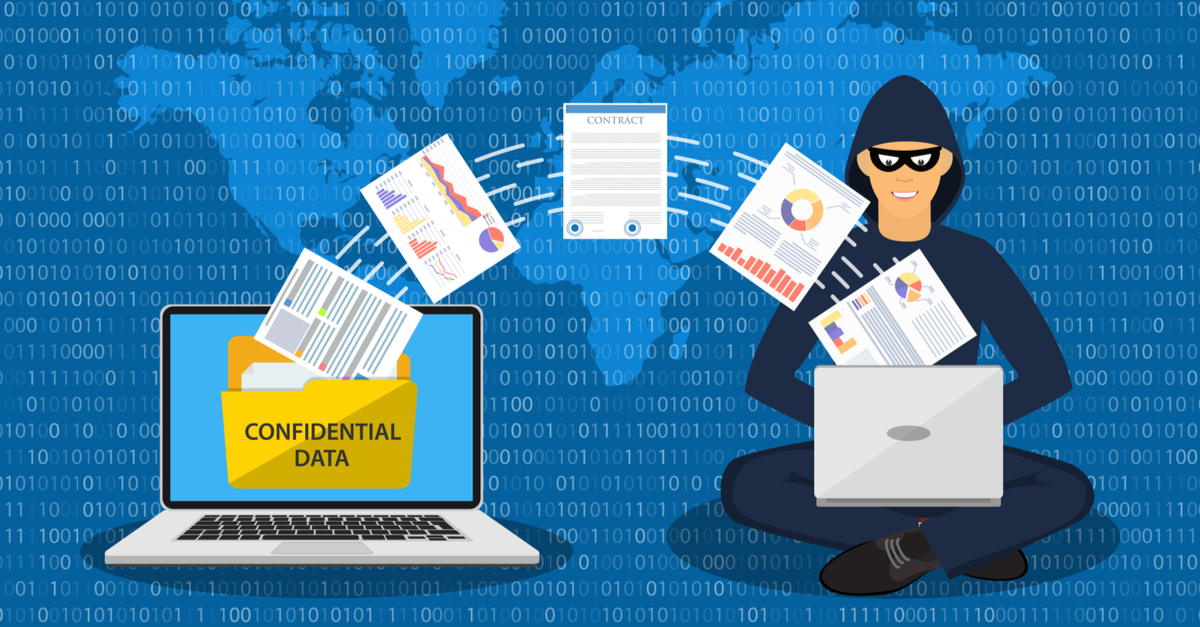- Understanding the Threats Posed by Employee Data Theft
- Common Methods Used by Employees to Steal Data
- Impact of Employee Data Theft on Organizations
- Best Practices to Prevent Employee Data Theft
- Legal and Ethical Considerations in Handling Employee Data Theft Incidents
- Importance of Employee Education and Awareness in Data Security
Understanding the Threats Posed by Employee Data Theft
Employee data theft is becoming an increasingly common problem for organizations. It refers to the unauthorized access, transfer, or disclosure of sensitive information by employees, with the intent to use it for personal gain or to harm the organization. This type of theft can occur in various forms, including stealing customer data, financial data, trade secrets, and confidential business information. In this article, we will explore the different threats posed by employee data theft and provide best practices to prevent it.
Common Methods Used by Employees to Steal Data
Employees use various methods to steal data, including using USB drives to copy data, accessing confidential information through their work email, and using personal email accounts to send sensitive information to third parties. They may also use malware or phishing attacks to gain access to confidential information or use their administrative privileges to bypass security controls. It is important for organizations to be aware of these methods and take appropriate measures to prevent them from happening.
Impact of Employee Data Theft on Organizations
Employee data theft can have severe consequences for organizations, including loss of revenue, damage to reputation, and legal liabilities. It can also lead to the loss of competitive advantage, as stolen trade secrets or confidential information can be used by competitors. Organizations may also face regulatory fines and penalties for failing to protect sensitive data. It is crucial for organizations to have a plan in place to mitigate the impact of employee data theft.
Best Practices to Prevent Employee Data Theft
Preventing employee data theft requires a multi-layered approach. Organizations should implement security policies and procedures to control access to sensitive information, such as limiting administrative privileges and monitoring employee activity. They should also provide regular security awareness training to employees to educate them on the risks of data theft and how to prevent it. Additionally, organizations should implement technical controls, such as firewalls, antivirus software, and encryption, to protect their data from unauthorized access.
Legal and Ethical Considerations in Handling Employee Data Theft Incidents
Organizations must handle employee data theft incidents with care and in compliance with legal and ethical considerations. They should conduct a thorough investigation to determine the scope and nature of the data theft and take appropriate actions, such as terminating the employee, notifying affected parties, and reporting the incident to regulatory authorities. However, organizations must also respect the privacy rights of their employees and ensure that any disciplinary actions taken are fair and consistent.
Importance of Employee Education and Awareness in Data Security
The most effective way to prevent employee data theft is through employee education and awareness. Organizations should provide regular training to employees on the importance of data security and the risks of data theft. They should also encourage employees to report any suspicious activity or security breaches, and provide a clear and confidential reporting process. By empowering employees to become a part of the organization’s security culture, organizations can significantly reduce the risk of employee data theft.

